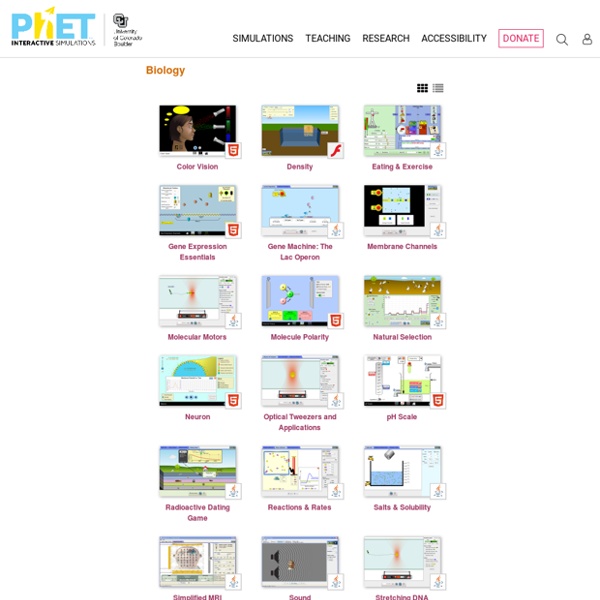



Lesson on Calculating the Post-Mortem Interval | MSI Forensics Courtesy of Patti Bertino’s email post. The postmortem interval (PMI), also known as a time since death estimate, aids forensic scientists in death investigations. This lesson will introduce your students to the processes of decay and decomposition, forensic pathology, and forensic entomology. The lesson includes several video lectures, animations, and worksheet exercises with practical applications to explain the concept of PMI and accumulated degree hours (ADH). Intended Grade level11-12; content is intended for mature audiences Before you begin …Before starting, students should have a basic working knowledge of forensic science, death investigations, and Algebra. Class time requiredTwo 90-minute class periods Materials and Technology NeededComputer with Internet access and YouTube access enabled, basic calculator Link to website lesson:
Corporación Buinaima | Asociación Colombiana Pro Enseñanza de la Ciencia Extraordinary Adaptation Simple Physics Demos | Science Blogs This past weekend, the Louisiana Section of the AAPT participated in the joint NSTA-AAPT Physics day. The most popular presentation was the “really simple and cheap physics demos”. Lots of participants asked about the demo details. Although I posted a simple list of the demos, I figured it wouldn’t hurt to give slightly more detail. So, here you go.A note about the demos. Why did I choose these particular demos? This is an oldie…well, its an oldie where I come from.
Edheads - Activate Your Mind! The Best Edible Science Experiments You'll Actually Want to Eat Hands-on science experiments and projects are always a hit with kids, in the classroom and at home. Want to make them even better? Make them delicious, too! Of course, you’ll want to use common sense about safety and good food hygiene along the way. 1. What kids learn: The structure and purpose of DNA What to do: Use toothpicks and candy (or fruit, for a healthier option) to build a DNA model. Source: WikiHow 2. What kids learn: How metamorphic, sedimentary, and igneous rocks are formed What to do: Use Starburst candies to explore the ways pressure and heat form different types of rock. Source: Lemon Lime Adventures 3. What kids learn: The phases of the moon What to do: Use the chart (click below for the full image) to create and discuss the different moon phases using Oreo cookies. Source: Optics Central 4. What kids learn: Spherification, conservation What to do: You’ll need some special chemicals, which are readily available online, for this edible science experiment. Source: Inhabit 5. 6.
The driving force for molecular evolution of translation Interactive Lecture Demonstrations in Economics The Interactive Lecture Demonstration is designed to help students learning core concepts in economics using a classroom activity that may be an experiment, a survey, a simulation or an analysis of secondary data. The activity creates a motivation for students to learn economic analysis presented in a follow-up lecture. The Interactive Lecture Demonstration differs from most classroom activities such as economic experiments in that it follows a framework in which students: Predict an outcome Experience the demonstration Reflect on what they learned Why use Interactive Lecture Demonstrations? Interactive Lecture Demonstrations are an effective way to help students learn fundamental economic concepts because: In economics, many concepts are counter-intuitive or defined in a manner different from their colloquial usage. How to use Interactive Lecture Demonstrations in economics Which courses? Interactive Lecture Demonstrations are used most often in principles courses. Challenges and insights